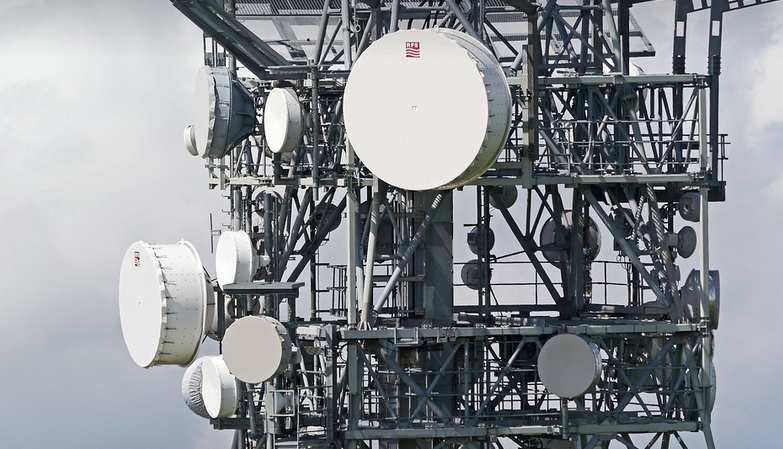Navigating the World of Heavy-Duty Trucks
The Dodge Ram 3500 is a powerhouse, synonymous with hauling massive loads and conquering grueling terrain. Its robust diesel engines and heavy-duty chassis make it a legend in the world of construction, agriculture, and towing. However, even these legendary trucks are not immune to occasional wear and tear.
Understanding Transmission Problems
The heart of any truck’s performance lies in its transmission system. The 3500 comes equipped with some heavy-duty transmissions designed for durability and power delivery. But like any mechanical component, these systems can face challenges over time, leading to transmission problems.
These problems can range from minor glitches to major malfunctions, often impacting the truck’s overall performance, drivability, and even safety. While some issues may be easily fixable, others can require significant repairs or even a complete replacement. Fortunately, addressing these concerns early on can help avoid costly downtime and prevent further damage.
One of the most common complaints among 3500 owners is the transmission slipping, particularly under heavy load or high-speed maneuvering. This symptom usually indicates problems with either torque converter clutch (TCC) or a failing low-range gearset. The TCC is responsible for smoothly transferring power from engine to transmission in stop-and-go situations while keeping the engine within its desired RPM range.
When the TCC experiences issues, it can cause the transmission to hesitate and slip when accelerating at high speeds. This can also result in a loss of power during uphill climbs or sudden acceleration.
Another common problem is an overheated transmission. This often occurs in situations where heavier loads are being towed or when driving in extreme temperatures. When the transmission gets excessively hot, it can lead to reduced performance and potential damage to internal components. It’s crucial to address this issue promptly to prevent further complications.
Transmission problems can also manifest as shifting delays, rough shifts, or even a complete failure of gears. This usually points to worn-out clutches, valve body issues, or possibly a problem with the torque converter.
Identifying Transmission Issues
Being observant and knowing the common signs of transmission problems is crucial for timely intervention. Here are some tell-tale signs that your 3500’s transmission might be struggling:
- Unusual Noises: A grinding, whining, or clunking sound coming from the transmission area can signal a problem with gears, clutches, or other components.
- Slipping Gears: Difficulty accelerating smoothly at higher speeds, especially during uphill driving, is a clear sign of potential transmission issues
- Shift Errors: Inconsistent gear shifts, sudden hesitations, or difficulty maintaining constant RPMs can indicate problems with the transmission control system.
- Overheating Transmission: A visible rise in engine temperature above normal when driving heavy loads or towing long distances is a potential precursor to overheating issues.
Addressing Transmission Problems
The severity of transmission problems and the best course of action for each situation can vary greatly. Addressing these concerns requires prompt attention, expert diagnosis, and proper repairs.
If you experience any of the mentioned symptoms, it’s important to:
- Consult a Mechanic: A qualified mechanic specializing in heavy-duty vehicles is your best resource. They have the expertise to diagnose transmission issues accurately and recommend the appropriate repair strategies.
- Follow Recommendations: Following the mechanic’s recommendations for repairs, maintenance, or fluid changes can help address potential problems before they escalate into major issues.
- Consider Preventive Maintenance: Regularly scheduled service, including transmission fluid checks, filter replacements, and proper lubrication, can significantly reduce the risk of future transmission problems.
Long-Term Solutions for 3500 Transmission Problems
Beyond addressing individual issues, proactive measures can help safeguard your 3500’s transmission in the long run:
- Regular Maintenance: Consistent maintenance schedule with oil changes and fluid flushes regularly ensures proper lubrication and prevents wear and tear on crucial components.
- Professional Inspection: Regular inspections by qualified mechanics can help identify potential problems early on, preventing significant issues from developing later.
- Consider Transmission Fluid Quality: Using high-quality transmission fluid specifically designed for heavy-duty vehicles ensures optimal performance and prolongs the life of your transmission.


